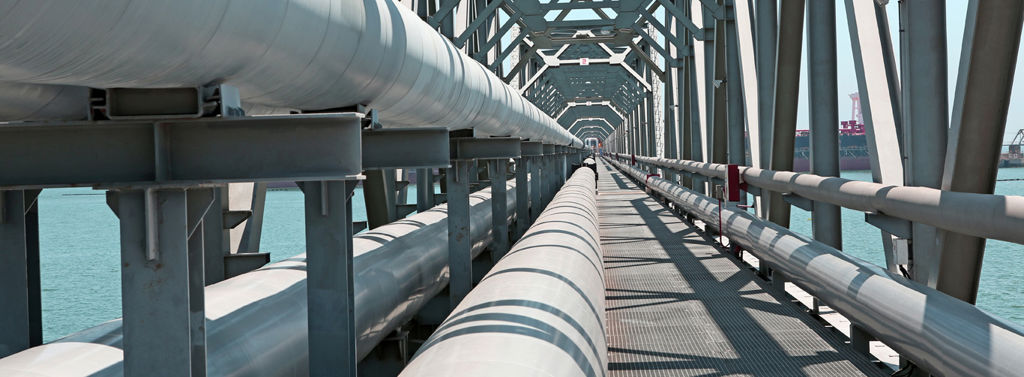Different standards are commonly used in different geographical regions and they utilize several different methods for detecting and measuring emissions. The local method, also known as sniffing, only provides an estimate of the actual leakage. Global methods, the other basic group of leakage detection, include basically two options: Bagging and testing in vacuum, although bagging is not yet recognized in all of major standards. These methods capture and accurately measure the actual leakage from the atmosphere surrounding a valve.
These different variables in the testing can make it tricky to find the best standard for fugitive emission testing. Of the ones mentioned, ISO 15848 is the newest one, aimed at meeting the global need of a single emission standard. The current edition has a three-stage categorization for leakage, which ranges from an extremely stringent Class A, to a non-strict Class C. According to the ISO standard, the global leakage detection method in vacuum is the only method allowed. Testing temperature classes range from -196 °C up to 400 °C. The ISO standard chair committee is currently revising ISO 15848 to include new features, aiming to enable simultaneous acceptance of other local standards. The new edition release, most likely to be published in 2015, should include the EPA qualification, which should boost the acceptance of ISO 15848 in North America and making it a truly accepted standard globally.
From end-user point of view, perhaps even more important than the selected standards and simple compliance with ever-tightening environmental regulations, are the other benefits provided by the low fugitive emission valve designs. Firstly, low fugitive emission design minimizes the costs of lost product via leaking valves. In extreme cases, this primary cost can be measured in hundreds of euros per valve in a year but is still much less than secondary costs, such as smaller end product yields and lost energy as pumps and compressors must work harder to compensate the additional emissions but to poor valve designs.
Secondly, emission certified valves improve site safety and are therefore an essential HSE issue. By employing properly designed valves with certified emission control the site safety risk can be minimized. In addition, a healthier environment protects people and potentially also makes them more productive.
The bottom line is that by minimizing fugitive emissions, using appropriate valve designs and proper maintenance, you can also save a considerable amount of capital in daily plant operation. Whichever way we choose to look at it, the demand for fugitive emissions efficiency is here to stay.
Written by Mikko Vuolanto
The full article was previously published in Hydrocarbon Engineering magazine, April 2014 issue, as ’Fugitive emissions efficiency’.
Text originally published in 2014, and slightly updated in April 2022, due to the company name change to Valmet.

